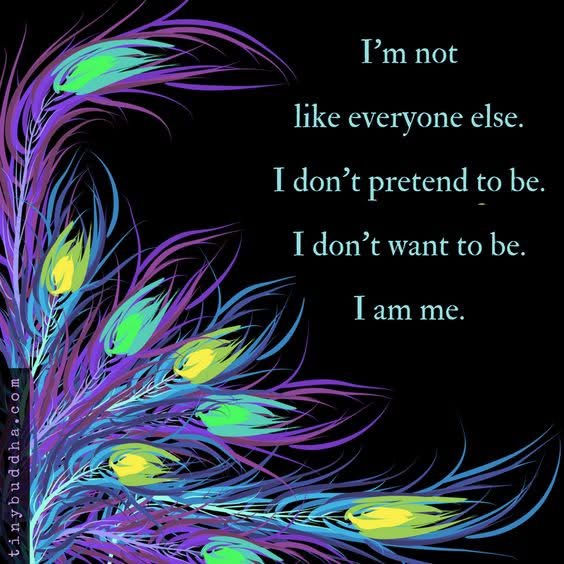Your Internal and External Environment Matte
- centerpointhealingservices.com

- Aug 14
- 3 min read
The internal environment and external environment are two ways of describing the surroundings and influences that affect a person, group, or even an organization — but they focus on different sources of influence.
1. Internal Environment
This is everything inside a person or system that affects how it functions.
For a person, the internal environment includes:
• Thoughts and beliefs (mindset, self-talk, values)
• Emotions (joy, fear, stress, peace)
• Physical state (health, energy levels, hormonal balance)
• Spiritual condition (faith, inner connection, sense of purpose)
For an organization, it includes:
• Culture, leadership style, employees’ skills, communication, internal processes.
Key point: It’s what you have direct control or influence over.
2. External Environment
This is everything outside of a person or system that can impact it.
For a person, the external environment includes:
• Physical surroundings (home, workplace, community, nature)
• Social influences (family, friends, coworkers, cultural norms)
• Life circumstances (economy, politics, weather, opportunities)
• Unexpected events (natural disasters, societal changes, world news)
For an organization, it includes:
• Market conditions, competitors, customer expectations, laws, technology trends.
Key point: You have little to no direct control over it, but you can adapt to it.
💡 Simple way to remember
• Internal environment = What’s within you or your system.
• External environment = What’s around you or your system.
Now let’s dig a little deeper into the internal and externalAlright — let’s dig a little deeper into the internal and external environments and how they interact, because understanding them together gives you a much clearer picture of how life, health, and decision-making work.
1. Internal Environment in Depth
Your internal environment is like your inner ecosystem — it determines how you perceive and respond to life.
Main components:
• Mind – Beliefs, values, attitudes, and mental focus shape how you interpret events.
Example: Two people face the same challenge; one sees it as a setback, the other as an opportunity — the difference is internal.
• Emotions – Feelings can motivate or hinder you; emotional regulation helps you respond wisely.
• Physical state – Nutrition, rest, movement, and health influence mood, focus, and resilience.
• Spiritual state – Faith, meaning, and connection to something greater provide direction and peace.
• Personal habits – Patterns of thought, daily routines, and self-discipline either strengthen or weaken your stability.
2. External Environment in Depth
Your external environment is the outer ecosystem — everything outside you that influences your reality.
Main components:
• Physical surroundings – Safety, cleanliness, noise level, access to nature.
• Social relationships – Friends, family, mentors, co-workers, and even strangers.
• Cultural context – Traditions, values, social expectations.
• Economic conditions – Job market, cost of living, financial opportunities.
• Technology & media – Information, communication, and exposure to world events.
• Natural environment – Weather, seasons, and climate patterns.
• Global events – Political changes, pandemics, economic shifts.
3. How They Interact
Your internal environment filters your external environment.
• If your internal environment is peaceful, even external chaos feels manageable.
• If your internal environment is stressed, even small external changes can feel overwhelming.
Your external environment can also reshape your internal state:
• Supportive relationships (external) can build confidence (internal).
• A toxic workplace (external) can trigger anxiety or self-doubt (internal).
4. Why This Matters
• For personal growth: You can’t always change the external world, but you can strengthen your internal environment to handle it better.
• For wellbeing: A balanced inner state and a supportive outer setting create a foundation for mental, emotional, and spiritual health.
• For decision-making: Understanding both helps you respond wisely rather than react impulsively.
Your internal and external environments are always in conversation — one shaping how you see the world, the other shaping the conditions you live in.
You may not control every factor around you, but you do have the power to nurture your inner world so that peace, clarity, and strength guide your responses.
When your internal environment is grounded in truth, gratitude, and resilience, even challenging external circumstances can become opportunities for growth and transformation.





Comments